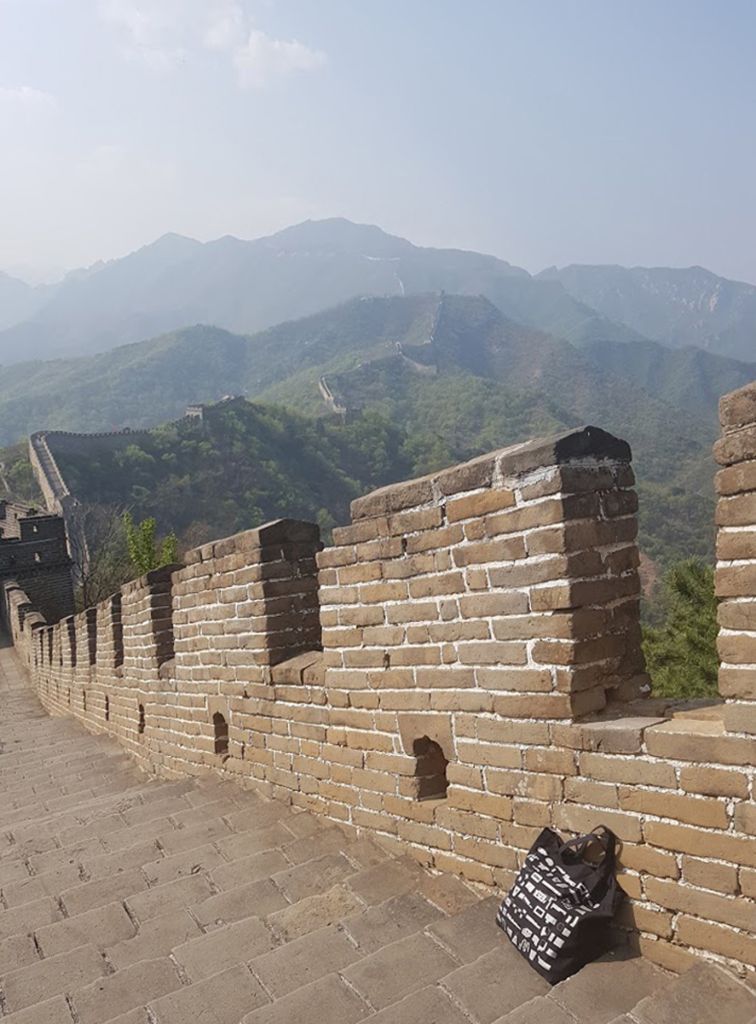Refurbishment Viaduct Arches
In this project we examined two fundamental questions: firstly: how can an element of the urban infrastructure that is a protected monument be programmed so that it forms an integral part of the urban system? And secondly: in Switzerland today, given the dense jungle of regulations and increasingly stringent demands in the areas of energy, hygiene and fire safety, how can we still build economically? The viaduct is more than just a bridge. Like a mountain range erected by human hand, in the city it assumes the scale of an element of the landscape or topography. Originally used as a railway line this infrastructure element was to be made into a linear park to form part of a cultural, work and leisure ‘mile‘. Alongside shops and workshops, social facilities, restaurants and a market hall were also called for. This reprogramming of the viaduct sparked off two decisive urban impulses: on the one hand what was once a spatial barrier became a connecting structure, while on the other the outdoor spaces adjoining it were upgraded. The viaduct became a large-scale networking machine and linear building. We saw this ambivalence as a fundamental quality and used it as an architectural leitmotif in order to symbiotically connect the new functions with the structure of the viaduct. The characteristic Cyclopean masonry here remains the central atmospheric element. The new structures are deliberately restrained so as to emphasise the existing arches. To fit-out the interiors the future users can choose from a kit of elements offered them or they can design the spaces themselves.
Photographs: © Filip Dujardin, Gent · © Ralph Hut, Zurich · © Roger Frei, Zurich · © Antje Quiram, Stuttgart · © Joël Tettamanti
Historical photograph: © Baugeschichtliches Archiv der Stadt Zürich
Model photographs: © Roger Frei, Zurich
Film: © Jens Franke, Marius Helten, Berlin
Index: 058 VIA
Dates: Competition 2004 · Planning phase 2005–2009 · Construction phase 2008–2010
Team EM2N
Partners: Mathias Müller, Daniel Niggli · Associates: Marc Holle, Christof Zollinger · Project leader: Claudia Soppelsa-Peter · Project team: Harry Bee, Barbara Frei, Jonas Fritschi, José Gómez Mora, Fabienne Heinrich, Peter Jenni, Fredric Johansson, Jörn Küsters, Claudia Meier, Lene Nettelbeck, Philipp Reichelt, Tanja Schmid, Frank Schneider, Cornelia Schwaller, Marcellus Schwarz, Basil Spiess, Michael Zürcher
Specialist planners
Construction management / construction realization: b+p baurealisation AG, Zurich · Landscape architecture: Studio Vulkan Landschaftsarchitektur AG, Zurich (former Schweingruber Zulauf Landschaftsarchitekten) · Civil engineer: Schnetzer Puskas Ingenieure AG, Zurich (former WGG Schnetzer Puskas Ingenieure AG) · Planning heating, ventilation, air-conditioning: Consultair AG, Wädenswil · Sanitary services: sertis engineering GmbH, Zurich · Electrical services planning: IBG Engineering AG, St.Gallen (former IBG B. Graf AG Engineering) · Building physics / acoustics: BAKUS Bauphysik & Akustik GmbH, Zurich · Geologist / geotechnical engineer: Gysi Leoni Mader AG, Zurich · Vibration protection: ZC Ziegler Consultants AG, Zurich (former Ziegler Consultants) · Lighting concept: Priska Meier Lichtkonzepte, Turgi
Location
Zurich, Switzerland
Procedure
Competition, 1st prize
Client
Foundation PWG
Year
2004–2010
Status
Built
Program
Ateliers, Dance club, Cafés, Co-working spaces, Culture and event spaces, Market hall, Restaurants, Retail spaces, Youth church, Public walkway, Fitness studio, Training hall, Workshop spaces
Size
9,008 m²
Costs
CHF 35.3 m.






































































































